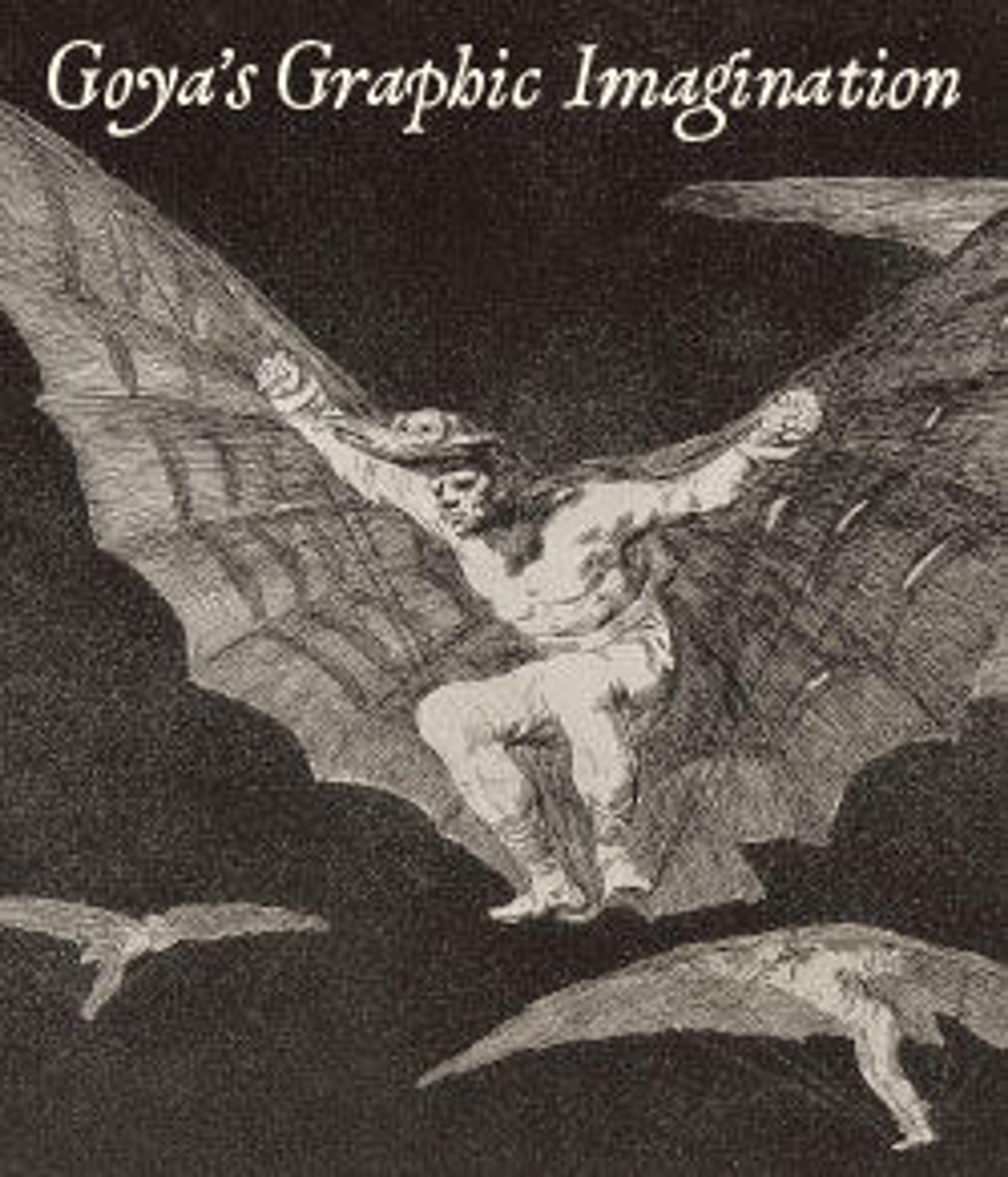Blind Guitarist
In the spring of 1778 Goya submitted an oil cartoon depcting the blind guitatist to the Royal Tapestry Factory of Santa Barbara in Madrid for it to be woven into a tapestry to adorn the bedchamber of the Prince and Princess of Asturias in the Royal Palace of El Pardo. Because of the complexity of the design it proved too difficult for the weavers to interpret and alterations had to be made. This etching - his largest ever and the only print after one of his own works - is thought to record his first design before he modified it. The modified cartoon is today in the Museo del Prado, Madrid. Goya recognized the ability of the etching medium to convey minute detail and in this print, he emphasises the different expressions of those surrounding the guitarist. No edition of the print was made, which might have had something to do with the difficulties of printing such a large plate. Few impresions of this print are known.
Artwork Details
- Title: Blind Guitarist
- Artist: Goya (Francisco de Goya y Lucientes) (Spanish, Fuendetodos 1746–1828 Bordeaux)
- Date: ca. 1778
- Medium: Etching
- Dimensions: Sheet: 13 13/16 × 21 1/4 in. (35.1 × 54 cm)
- Classification: Prints
- Credit Line: Purchase, Jacob H. Schiff Bequest, 1922
- Object Number: 22.63.29
- Curatorial Department: Drawings and Prints
More Artwork
Research Resources
The Met provides unparalleled resources for research and welcomes an international community of students and scholars. The Met's Open Access API is where creators and researchers can connect to the The Met collection. Open Access data and public domain images are available for unrestricted commercial and noncommercial use without permission or fee.
To request images under copyright and other restrictions, please use this Image Request form.
Feedback
We continue to research and examine historical and cultural context for objects in The Met collection. If you have comments or questions about this object record, please contact us using the form below. The Museum looks forward to receiving your comments.
